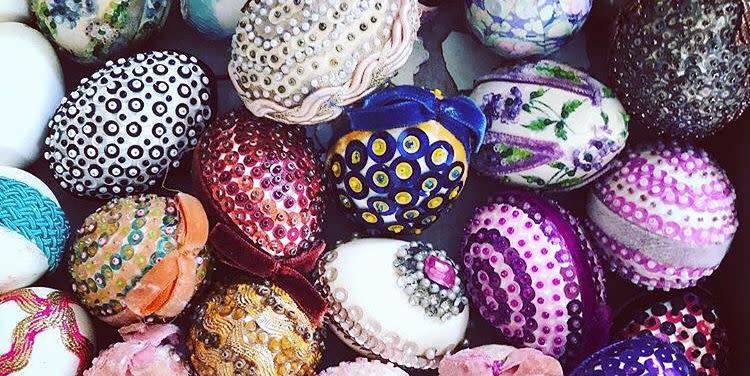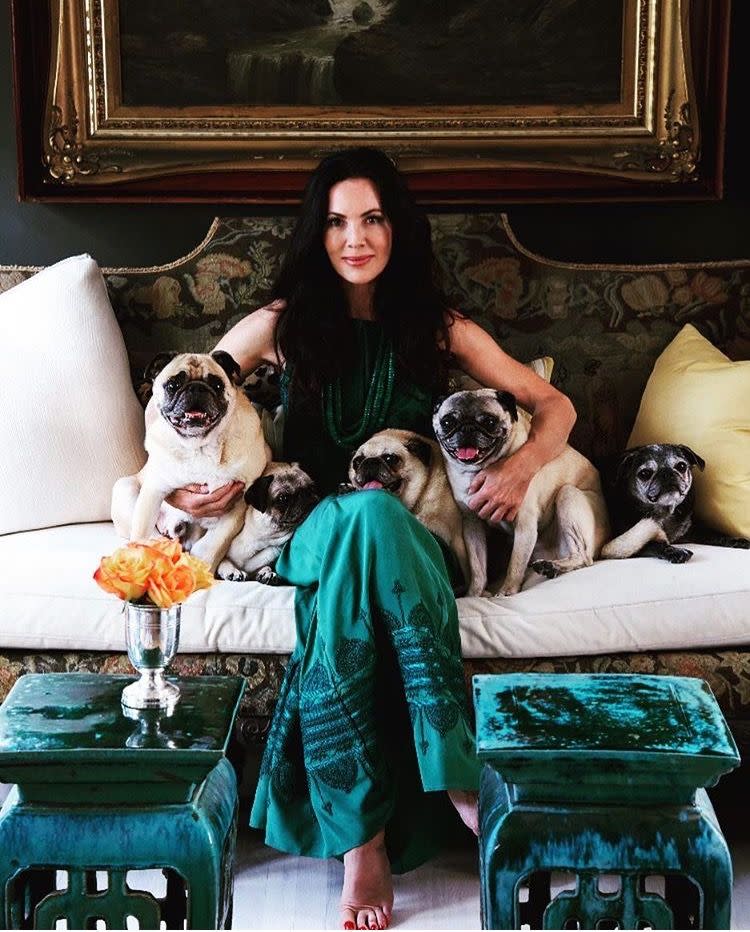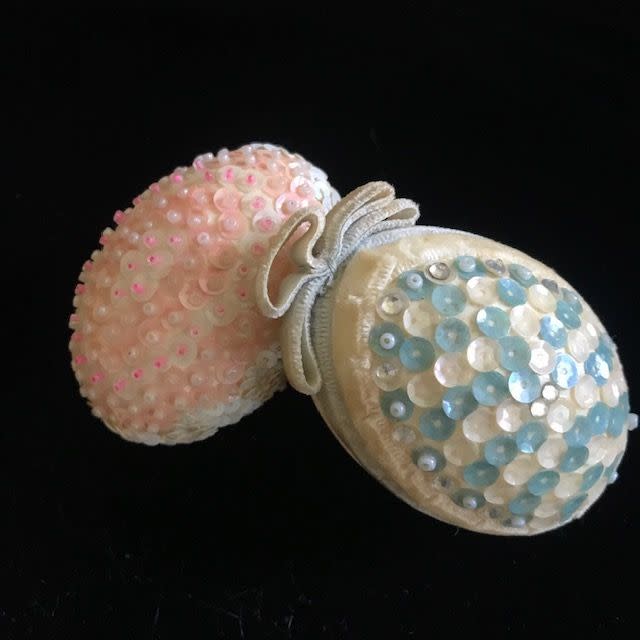You Too Can Make Easter Eggs Like a Million-Dollar Decorator

The Los Angeles–based ED A-List designer Mary McDonald is one of Bravo TV’s original Million-Dollar Decorators. So it’s no surprise that her Easter eggs look like a million bucks. “I try to make them look like Verdura jewels,” McDonald says. “But really, they are just old-fashioned, air-blown, decorated, and bejeweled Easter eggs like my grandmother used to make.”

The family tradition started in the 1940s and ’50s, when McDonald’s grandmother, and later her mother and aunt, started to make the eggs at their home in Brentwood. “My mother and aunt were more creative types, while my grandmother was a bit more intellectual,” she says. “Yet there was always time for many family traditions attached to Christmas and Easter, in all forms of ornament.”

McDonald still keeps boxes of the eggs her relatives made, storing them carefully each year. “My grandmother displayed them on our Easter table in a large crystal-and-silver epergne as the centerpiece,” she says. She remembers helping to make the eggs. “There were some complaints about someone breaking a blown egg, or being hasty and spilling the precious beads—both accidents were usually caused by moi,” she says. “But it was really all so much creative fun.”

Here, McDonald shares her how-to for making her million-dollar Easter eggs. And while she has been using her downtime this month to craft new ones for her collection, she does have a warning: “Keep in mind that a single egg can take all afternoon!”
Materials
Extra-large white eggs
One-inch-thick (or thinner) masking tape
Decoupage glue
Clear glue
Decorative elements (whatever you have on hand, including narrow ribbons, sequins, bugle beads, small shells, lace, etc.)
Colored or patterned paper (gift wrap works well)

Instructions
Start with regular grocery-store eggs. “That is what makes them special, because they are fragile and can break,” McDonald says. Wash the egg with soap and water, create a hole, and blow out the egg according to these instructions.
Create your design. McDonald keeps bags of materials from her craft and design projects. “I’ll look at the beads and ribbons that I have, and the colors, and it usually morphs from there,” she says. “If it’s black and white, I might do a modern Mary Quant ’60s look, for instance. A more traditional design might be inspired by a Fabergé egg or 18th-century dress detail.”
You can leave the natural surface of the egg as a background, or paint it a color (acrylic or tempura paint is preferred) using very fine small paintbrushes. Alternately, use decoupage glue to cover the egg in decorative paper or fabric (if patterned, go for a small-scale design). “If using paper or fabric, place the egg on top of it and roll it left to right, marking the circumference and adding a bit more top to bottom and side to side,” McDonald says. “To attach onto the oval egg, glue the paper only at the exact middle first and then cut little pleats or darts on the top and bottom in order to taper the fabric or paper on each end.”
Attach the decorative elements using decoupage or clear glue. If using ribbon or string, glue that on first, up the center. Next come the beads, sequins, or other elements. “The pattern, shape, and colors are all up to you,” she says. “I often use stripes, concentric circles, and swirls.”
You Might Also Like


